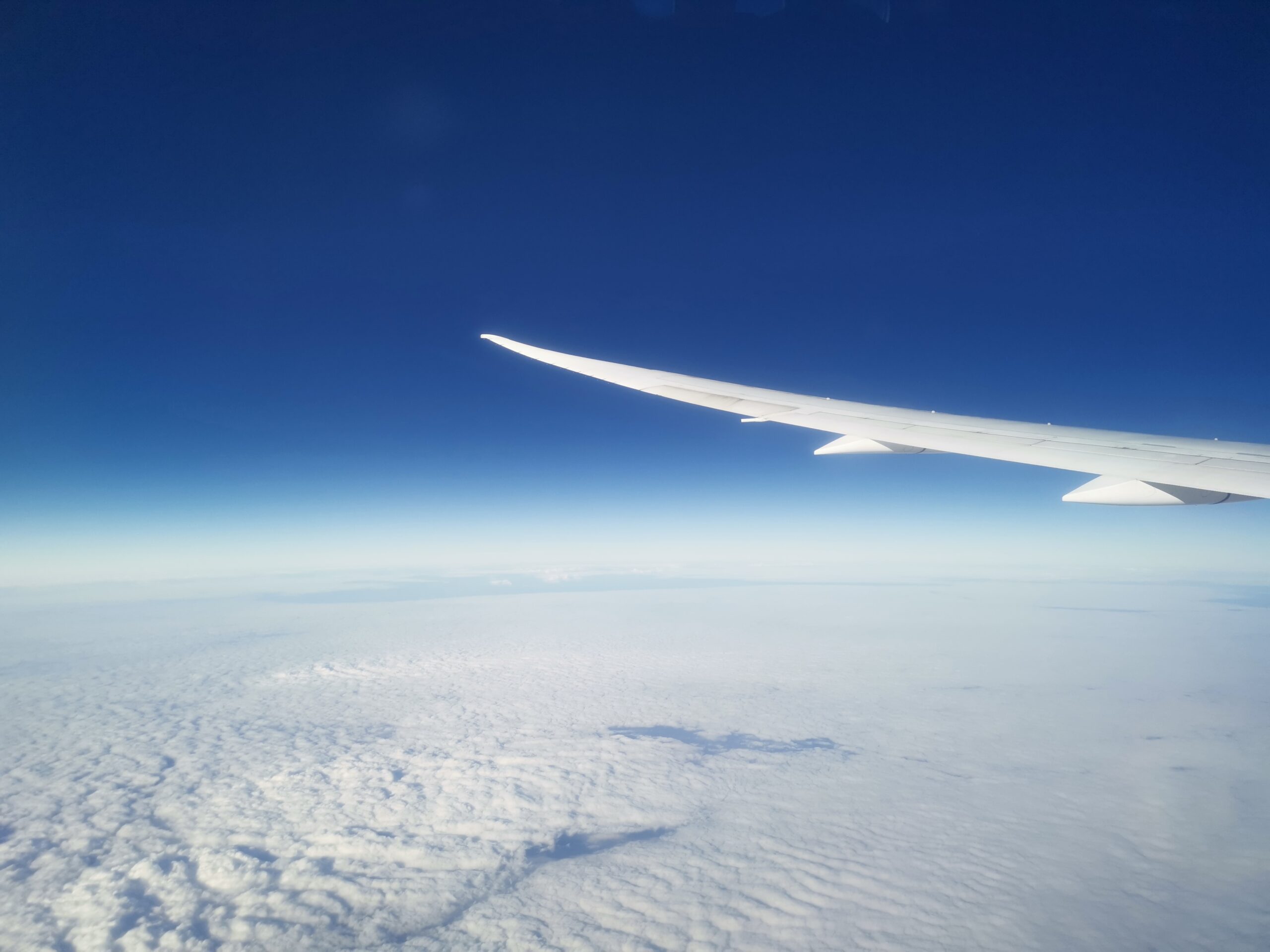Travelers frequently experience flight delays, which can be brought on by a number of different circumstances and affect both airlines and passengers. The main causes of delays are bad weather, technical problems, air traffic congestion, and operational difficulties.
Flight delays can have a variety of effects on travelers, from minor inconvenience to major disruptions to itinerary. Prolonged delays can result in lost connections, extra costs, and aggravation. It’s critical for travelers to receive updates from the airport and airline regarding the status of their flights.
Conversely, airlines work hard to reduce delays and effectively handle disruptions. They frequently put backup plans into action, give impacted passengers amenities or compensation, and endeavor to quickly resolve problems.
By monitoring flight statuses prior to departing for the airport, following the airline’s social media accounts, and being aware of their rights to reimbursement or rebooking in the event of a delay, passengers can be proactive.
Although there will always be flight delays when travelling by air, good communication between airlines and travelers as well as industry-wide initiatives to boost operational effectiveness help lessen the effects and guarantee a more enjoyable trip for all parties.
Travelers may become irritated by flight delays because they can interfere with plans and cause disruptions. Delays can be caused by a variety of factors, and knowing which ones happen most frequently can help travelers deal with these difficulties more skillfully. The following are the top five causes of delayed flights:
Weather Conditions
Weather-related flight delays are a common problem in aviation, affecting schedules and creating disruptions for travelers as well as airlines. Weather-related events, such as thunderstorms, snowfall, fog, and hurricanes, can have a substantial impact on airport operations and aviation safety.
Thunderstorms are especially dangerous because they can cause delays in departure and arrival times by interfering with take-offs and landings. Thunderstorm-related turbulence, strong winds, and lightning call for extreme caution and may force flights to be temporarily halted.
Runway conditions can be affected by snow and ice, necessitating lengthy de-icing procedures and possibly resulting in delays for both arriving and departing aircraft. Particularly in the early morning or late at night, fog can cause delays or cancellations because it reduces visibility, which compromises aircraft safety.
Airlines place a high priority on the safety of their passengers, and when bad weather strikes, they frequently decide to postpone or cancel flights rather than sacrificing safety. Although airlines have no control over weather-related delays, travelers can lessen the effects by keeping track of their flight status, making plans for any delays, and being flexible with their travel schedules.
Air Traffic Conditions
Air traffic conditions frequently cause flight delays that impact the timeliness of departures and arrivals. Problems with aircraft spacing can arise from congestion in the air and at airports, particularly during periods of high travel demand. Delays may occur as a result of air traffic controllers managing aircraft flow and maintaining safe distances.
Holidays and peak travel seasons are examples of times when air travel demand often outpaces available airspace and airport infrastructure. Both take-offs and landings may be delayed as a result of this congestion. Longer travel times may also result from flight paths being rerouted or altered to avoid congested airspace.
Airport ground operations may also be a cause of delays. Flight schedule efficiency can also be impacted by restricted runway availability, taxiway congestion, and delays in boarding and disembarking passengers. These difficulties may be made worse by weather-related air traffic disruptions, such as thunderstorms or strong winds.
Although airlines, air traffic control, and passengers all have concerns about air traffic delays, these delays are frequently the consequence of the intricate coordination needed to guarantee the efficiency and safety of air travel. Travelers can manage and lessen the effects of these delays by keeping track of flight status and allowing for flexibility in plans.
Technical or Mechanical Issues
The aviation industry frequently worries about flight delays caused by technical or mechanical problems because passenger safety always comes first. Although aircraft undergo extensive maintenance, unanticipated mechanical issues can occur and can range from simple problems to more complicated malfunctions.
Sometimes problems that need to be fixed right away are found during routine maintenance inspections. Prioritizing and thoroughly addressing these issues before allowing an aircraft to take off could cause delays for airlines. In order to keep the aircraft in the best possible condition for flight, ground crews work diligently to fix issues.
Delays may also result from technical issues with the navigational systems, avionics, or other on-board machinery. Airlines implement strict procedures to deal with these problems and avoid jeopardizing passenger safety while in flight.
Even though these delays are inconvenient, passengers should understand that they are a necessary part of the industry’s commitment to upholding strict safety regulations. Airlines work hard to keep passengers as inconvenience-free as possible by promptly resolving any technical or mechanical issues. Usually, passengers receive updates, alternate plans, or reimbursement for any inconvenience these unforeseen difficulties may have caused.
Airport Operations
Airport operations encompass a range of factors that are under the control of an airport and can impede the uninterrupted flow of flights. These problems can include everything from construction and runway closures to staffing shortages and equipment malfunctions.
Flight schedules can be greatly impacted by runway closures, whether they are due to maintenance or unanticipated problems. Runways being scarce can result in longer taxi times, delayed take-offs and landings, and general traffic jams.
Even though they are necessary for improving the airport’s infrastructure, construction projects on the property can cause delays to regular operations. Delays in aircraft navigation around construction zones may be caused by temporary closures of specific areas or modifications to taxi routes.
Flight turnaround times can be impacted by equipment malfunctions, such as problems with baggage handling systems or ground support equipment. Sustaining a timely schedule requires effective ground operations.
Delays can also result from a lack of staff, whether it be for air traffic controllers, ground crews, or other crucial employees. Many airport functions require a sufficient number of employees, and staffing shortages may affect how quickly and effectively things operate.
Although airports work hard to minimize disturbances, travelers should be prepared for the possibility of delays. Passengers can deal with such situations more skillfully by keeping themselves updated about potential operational challenges and keeping their travel plans flexible.
Late Arrivals
The term “flight delays due to late arrivals” describes delays brought on by an aircraft’s delayed arrival from an earlier flight. The ensuing departure and arrival times of linked or subsequent flights may be impacted as a result.
There are a number of reasons why flights arrive late, such as bad weather, mechanical problems, or operational difficulties. The next flight’s scheduled departure time might be pushed back to accommodate any necessary adjustments if an incoming flight is delayed.
This domino effect is especially dangerous for connecting flights. There might not be enough time for a passenger to make the connection if they have a strict schedule and the previous flight arrives late. This may lead to cancelled flights, altered travel schedules, and the requirement for rescheduling.
Airports and airlines employ various tactics to mitigate the effects of delayed arrivals, including modifying turnaround times, streamlining schedules, and promptly informing travelers. But because air travel is unpredictable, it’s still difficult to arrive late, which emphasizes how crucial it is for passengers to be flexible and aware of potential delays.
By being aware of these typical causes of flight delays, travelers can adjust their plans, monitor the status of their flight, and, if needed, make backup plans. Although airports and airlines make every effort to minimize disruptions, delays are an inevitable part of the intricate world of air travel due to uncontrollable factors like weather and air traffic congestion.














